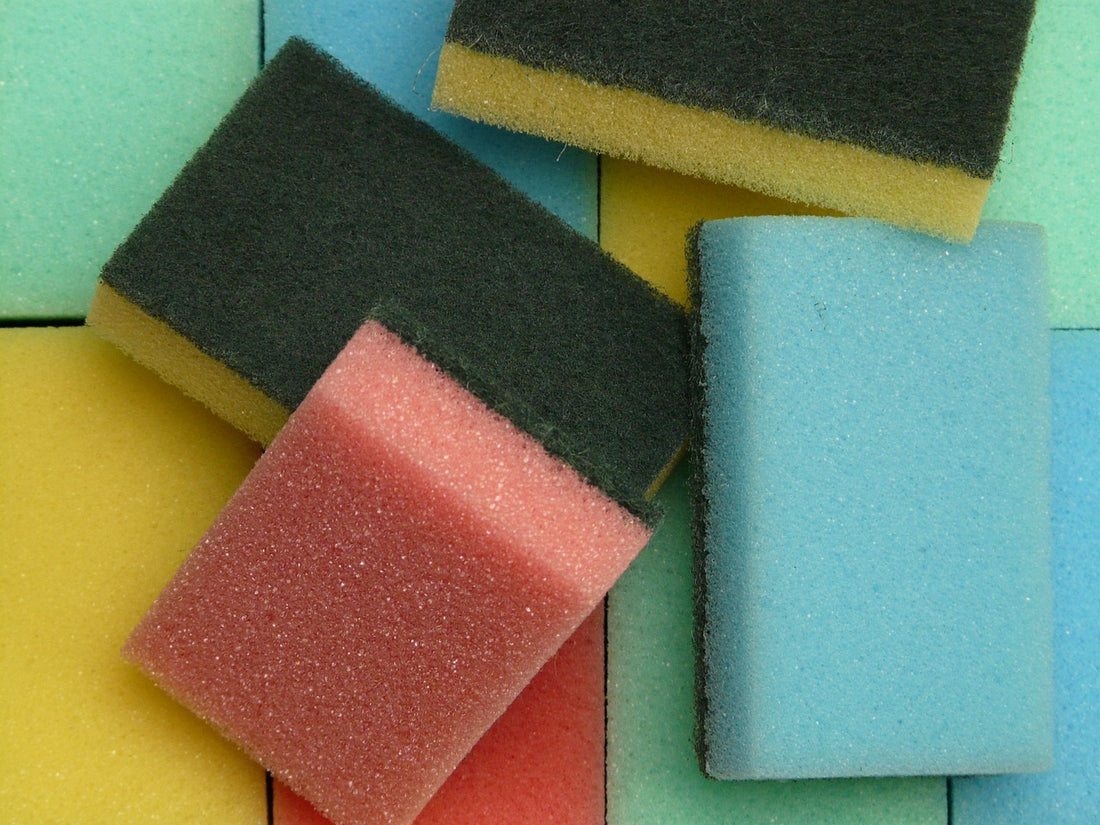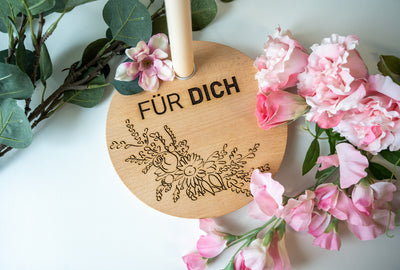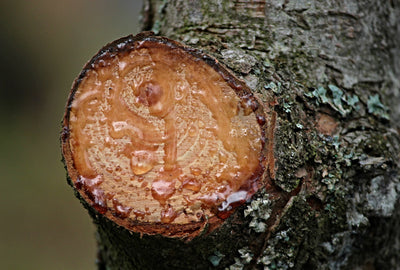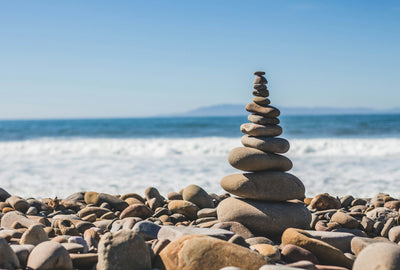Polyurethane is one of the most important plastics in our world: Polyurethane worth around 67 billion US dollars is produced around the world every year - and the trend is increasing at around 10% annually! Due to its very high adaptability, the plastic, which is made up of polyols and isocyanates, is used in the textile, automotive and furniture industries, among other things, but also serves as a base material for adhesives and paints, among other things.
Polyurethane is abbreviated either as “PUR” or “PU”. The plastic gets its name from the Greek: "Poly" means something like "many" or "several", the second part of the word goes back to the urethane group -NH-CO-O-. In other words: The plastic consists of many urethane groups chained together. Another peculiarity of plastic: The manufacturing process influences which plastic is ultimately created - a distinction is made between thermoplastics, elastomers and thermosets.
Manufacturing methods: How is polyurethane produced?
Did you know already? Polyurethane is a real “Made in Germany” product! The plastic was invented under the umbrella of BAYER, the chemical and pharmaceutical company that is still run from Leverkusen today and is known to most people, among other things, for its aspirin, as the inventor of heroin and, more recently, as the company behind glyphosate . Otto Bayer is considered the inventor of polyurethane, who combined 1,4-butanediol with octane-1,8-diisocyanate in 1937. Large-scale industrial production of plastic took place in the BAYER factories as early as 1940, although this was temporarily interrupted again by the Second World War.
What is characteristic of plastic is the fact that it can be manufactured "to measure", which was already perceived as a special feature in the middle of the 20th century. Depending on how the individual basic elements are brought together, the finished plastic could be hard, brittle, elastic, thin, viscous or soft. This results in an almost infinite number of different areas of application, which also underlines the massive market volume of the polyurethane market - even if it is of course no longer served exclusively by BAYER, but by countless companies around the globe.
Chemical processes for and during production
Polyurethane is produced, then as now, using the chemical process of poly addition. In poly addition, several monomers are always joined together to form a polymer. To do this, two groups of substances are first necessary, which must combine with each other: On the one hand, this is an isocyanate group and, on the other hand, at least one hydroxy group. Both react together to form an urethane group, which is called an addition process, whereby no by-products are formed.
The resulting urethane group must now be used to create further molecules that bind to the group. This is where the monomers come into play; an alcohol and a diisocyanate must be present. Both couple with each other and also have the ability to combine with other monomers on both sides. In a sense, a long chain is created when the molecules react alternately with one another, which binds several alkyl and aryl residues: This is how a polyurethane is finally created, step by step.
The process can take place in two common ways:
- the casting process
- and the injection moulding process
During the casting process, the polyurethane, as the name suggests, is poured into shape. To do this, it is first shaken to largely remove fillers and dehumidifiers that can arise during storage, then the mould is prepared. The components are mixed in the mould and the resulting filler is poured into the mould either by hand or by machine. It is important that no air bubbles or air pockets form in the liquid mass during this process. Since only a small amount of heat is required, the polyurethane can be treated relatively flexibly.
In the injection moulding process, a doughy mass is created from granules in an extruder, which is then pressed into a steel mould under high reaction pressure. The doughy mass is already pre-plasticized and therefore allows for colouring immediately during the actual injection moulding process. A process that is now also used more frequently is the RIM process, which stands for Reaction Injection Moulding. This is a further development or modification of the traditional injection moulding process.
Properties of polyurethane
We already mentioned at the beginning that polyurethane is an incredibly flexible and versatile material - which is also one of the biggest advantages of plastics. The plastic has high durability, flexibility and resistance to other materials and chemicals.
The density can vary between 1 and 1.25 g/cm³ for hardened, unformed PU, and between 0.005 and 0.04 g/cm³ for soft block foam. If the plastic is further processed into hard block foam, the density ranges from 0.03 to 0.09 g/cm³. PU is foamed by adding water. The shifting melting point is also characteristic. The more branches the PU has, the higher the melting point.
In general, PU can be soft or, for example, very firm. Golf balls, for example, are made of PU and have a high density or hardness, but sports clothing also contains elastane, which in turn consists largely of polyurethane - and is of course soft and elastic, instead of hard and firm. The fact that very different densities and hardnesses can be achieved through the manufacturing and further processing process is one of the greatest advantages of PU and plastics in general. This is the only way the plastic can be used in so many different ways.
Polyurethane has a high level of toxicity, but this disappears completely as soon as the material has reacted.
Where is polyurethane used?

The diverse areas of application of PU are also one of the material's greatest strengths. There are two points to consider at this point: As you already know, polyurethane can have different density and hardness, i.e. it can be soft or hard, elastic or thin and viscous. Coupled with the inexpensive production and high durability and robustness, polyurethane is therefore unsurprisingly used in countless products, industries, sectors and areas of life.
Polyurethane, for example, is used as an adhesive because it has adhesive properties on almost all surfaces. PU is also used as a base material in various PU paints. When used in this way, the plastic shows off its weather-resistant properties and very high durability. PU paints are also suitable for surfaces that are exposed to very high loads.
PU can also be further processed as foam, where it can then be used, for example, in the production of:
- dishwashing sponges
- mattresses
- Car interior panels
- Pillow
- Padding is used.

Shoe soles, wound dressings, seals and tubes can also be made of PU, as can textile fibers and artificial leather. As you may have already noticed, plastic or PU is one of the materials that is consistently found in all of our lives - and that can hardly be substituted at all. What is crucial for all uses is the fact that PU can be cast precisely into shapes and achieve different hardnesses and densities depending on how it is combined. While the elastic and shape-retaining properties are crucial for mattresses and pillows (memory foam), for adhesives it is more the thinness and adhesion and, for coatings, the durability. In this way, PU can be manufactured precisely with the properties required for later use.
How can polyurethane be processed?

We at Mr Beam have the right tool for this! Our laser cutter can process PU precisely and according to its later intended use. Regardless of what you want to use PU for later: Thanks to Mr Beam, it won't fail if you cut it correctly and precisely.
The advantages of PU at a glance
PU is almost an all-rounder in plastics technology. The advantages are complex and can be revealed again in a targeted manner depending on later use. The general advantages include, for example:
- the high resilience
- good insulation properties
- flexible formability
- cheap production
- energy absorbing
- weatherproof
- good feel
- aesthetic
- Easily combined with other materials
Of course, some of these advantages only occur with certain densities and hardnesses of PU: With paints or as adhesives, the feel plays no role whatsoever and is not a direct advantage. The real advantage of PU is that you can specifically expose the potential advantages of the material.
What challenges and disadvantages need to be taken into account?
Of course, no material is generally exempt from disadvantages or challenges. Plastics such as PU can become a burden on the environment if they are not disposed of properly. In addition, the plastic only has a limited tolerance to UV radiation. PU is also considered to be normally too flame retardant, depending on how it is processed, and is therefore sometimes not ideal from a fire protection perspective.
In summary: Polyurethane is an integral part of all of our lives - and for good reason!
A German invention that took the world by storm: Today, our lives and countless industries can no longer be imagined without the flexible and versatile plastic. The many advantages and general properties of the material speak for themselves, but possible disadvantages, for example in terms of environmental impact, must be taken into account. Nevertheless, PU, together with other plastics, is one of the great pillars on which our progress, our civilization and our prosperity are based - it is all the more important to further optimize the processes linked to it, especially when it comes to disposal.



